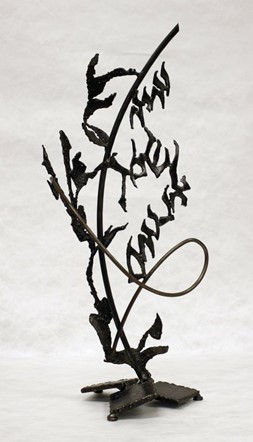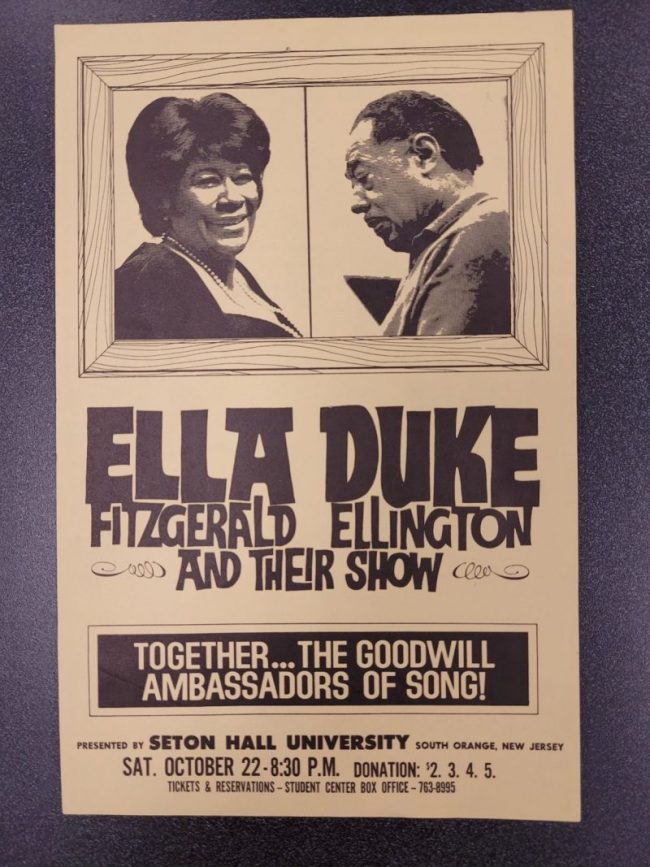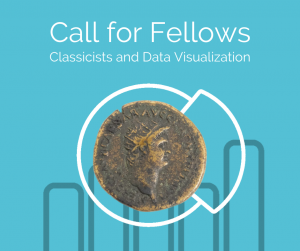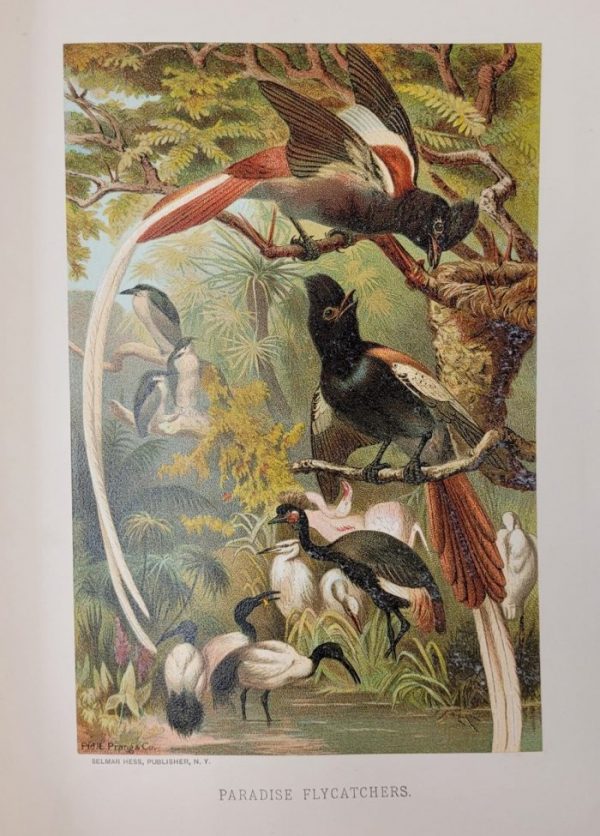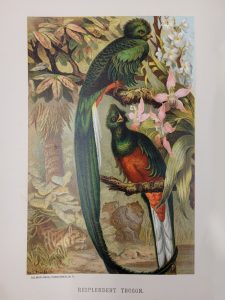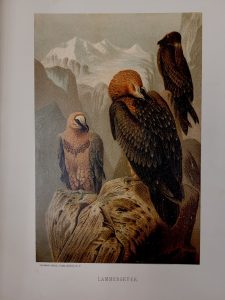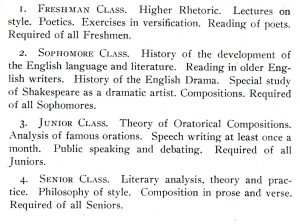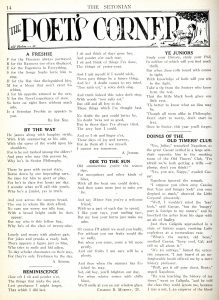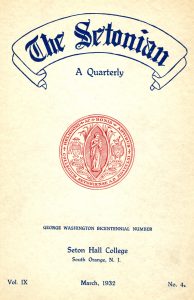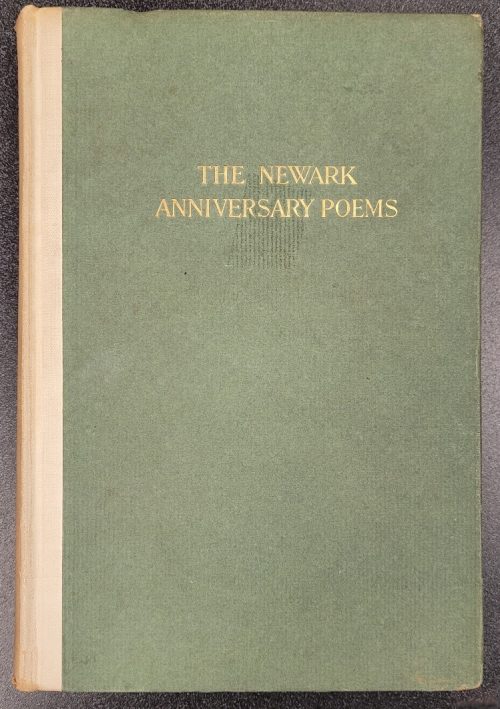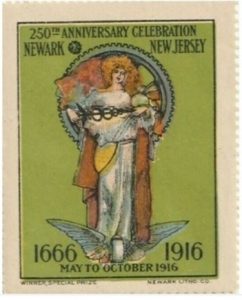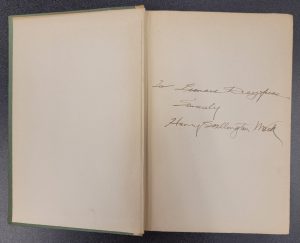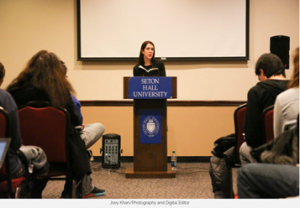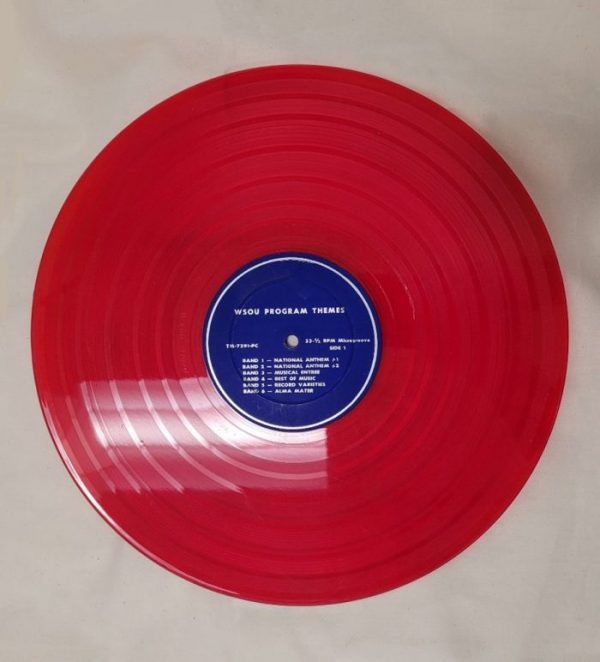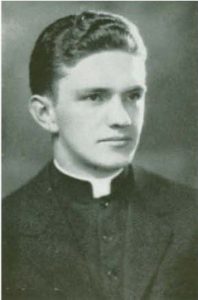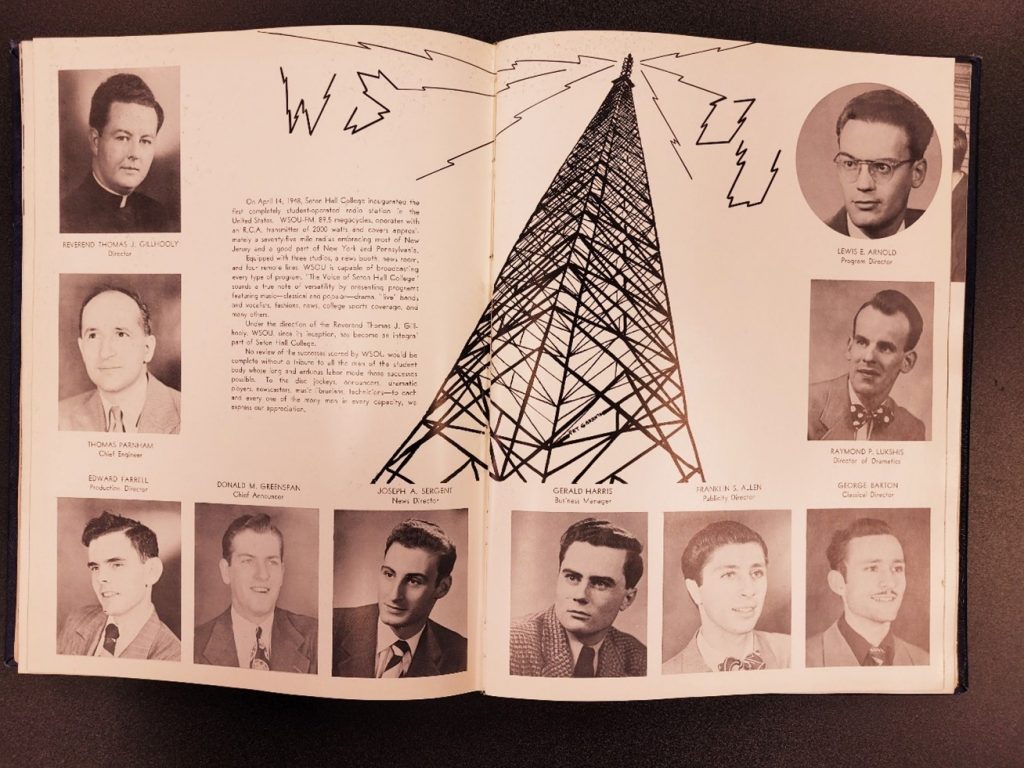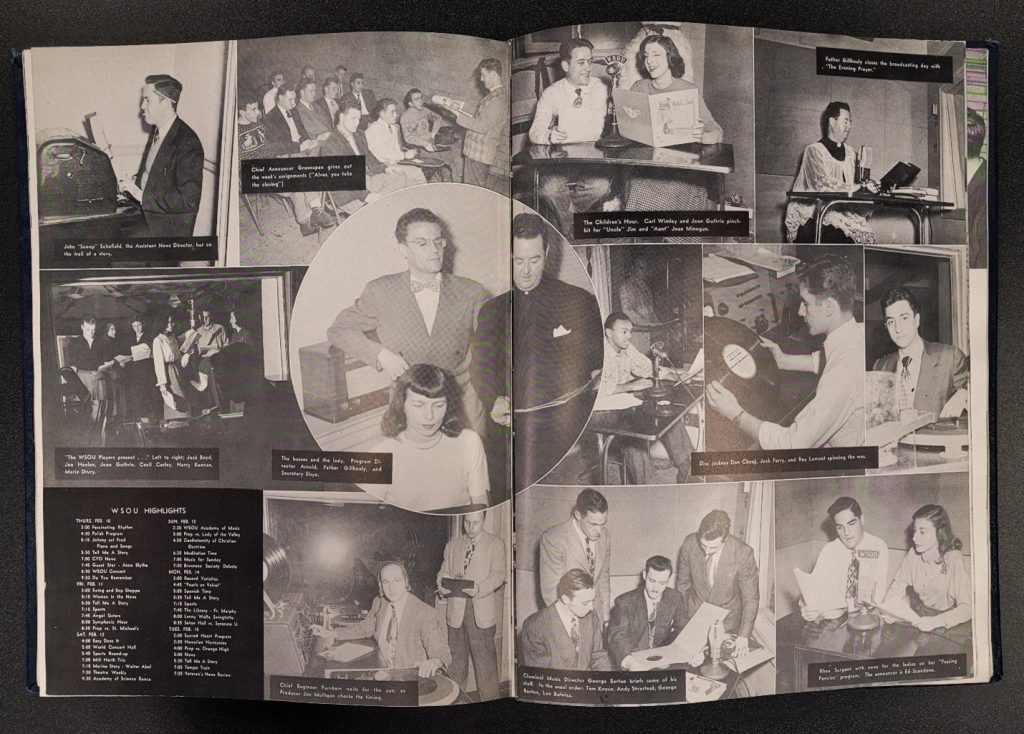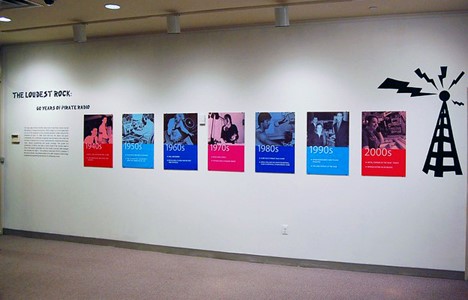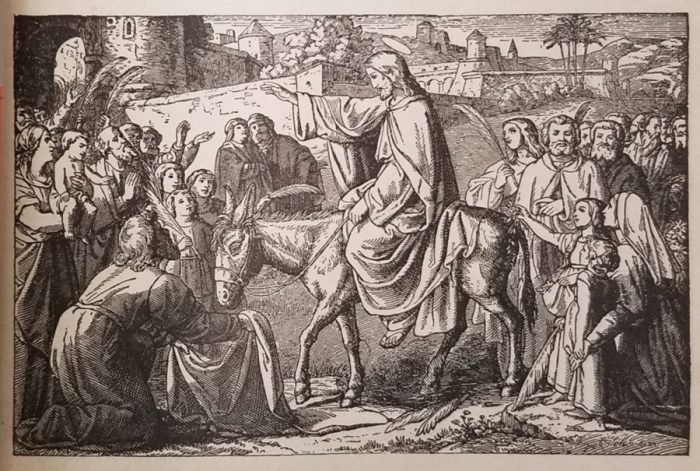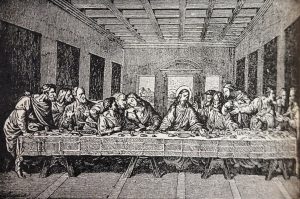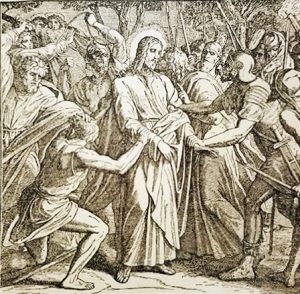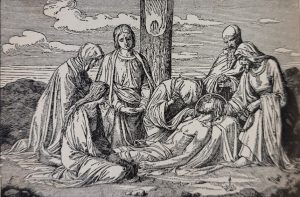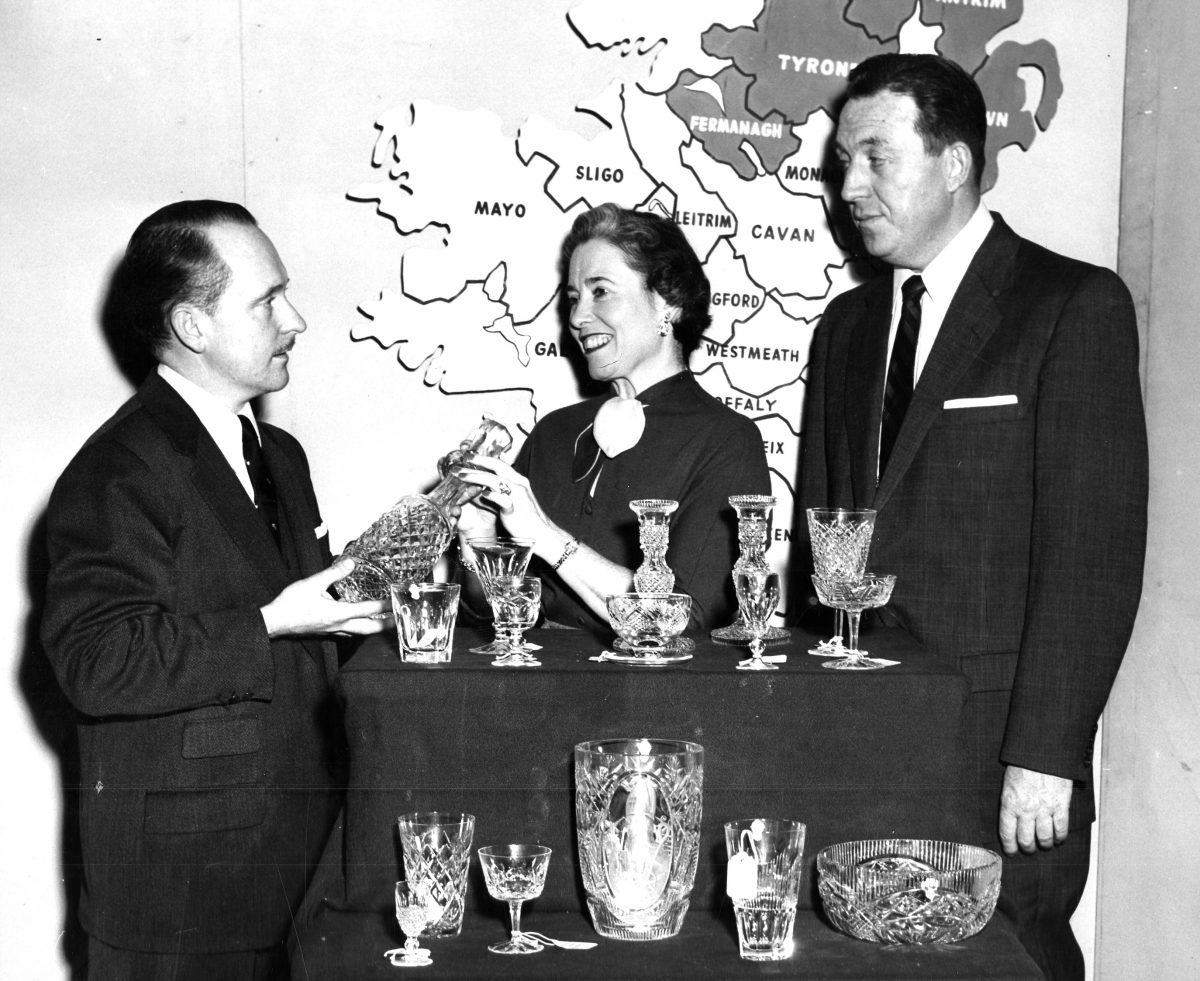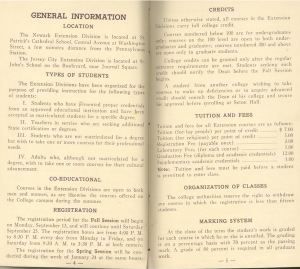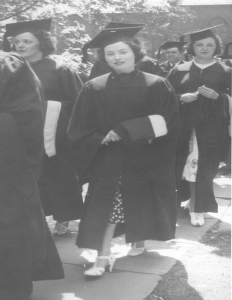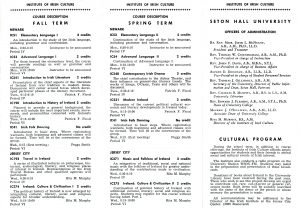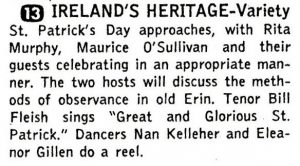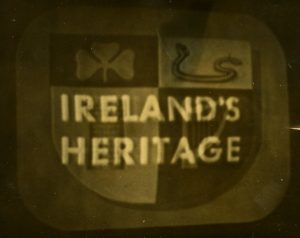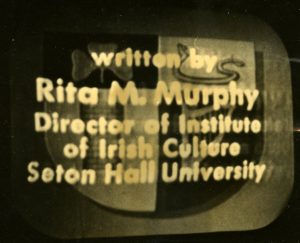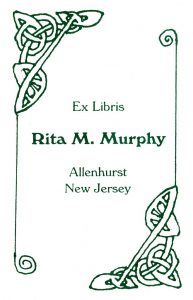Sister Rose’s Flame of Abraham Award
District 3, B’nai B’rith – (Delaware, New Jersey, Pennsylvania, and West Virginia)
24 ½” x 8 ⅛” x 7 ¼”
1975
2018.26.0002
Courtesy of the Walsh Gallery
REMEMBERING SISTER ROSE THERING
Fifteen year ago, the Seton Hall University community and people around the world mourned the loss of Sister Rose Thering, a tireless activist who dedicated her life to fighting antisemitism. Sister Rose came to Seton Hall in 1968 when she was hired by Monsignor John M. Oesterreicher, founder of the Institute of Judeo-Christian Studies, an innovative program that brought priests, nuns, and rabbis together in support of improved relations between the two religions.[1] A native of Wisconsin, Sister Rose joined the Dominican Order at Saint Catherine of Siena Convent at age 16. After taking her final vows, she began teaching grade school students in Racine.[2] She was shocked to find that textbooks she had ordered for her pupils contained passages that were overtly against Jews and Judaism. This inspired a resolve to correct what she saw as a fundamental flaw in church teachings. In 1961, while earning her doctoral degree at Saint Louis University, Sister Rose addressed these concerns in her dissertation which reviewed antisemitism in Catholic texts.[3] The self-study dealt primarily with Catholic teachings about Jews and Judaism, while also emphasizing what was taught about other faiths, ethnicities and racial groups.[4]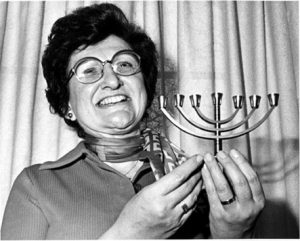
Her pioneering work drew the attention of Bishop Augustin Bea, then a Cardinal appointed by Pope John XXIII to tend to ecumenical affairs and Christian unity initiatives.[5] At the time, Cardinal Bea was drafting a statement to be submitted to the Second Vatican Council, convened by Pope John XXIII in 1962 to ameliorate relations between the Catholic Church and the modern world. Sister Rose’s dissertation influenced the Cardinal’s contributions to Nostra Aetate (In Our Time), the final statement on the relationship between Catholics and Jews, which was approved by the Council in October 1965.[6] One of the theologians with whom Cardinal Bea worked with on this document was Monsignor John M. Oesterreicher, who brought Sister Rose Thering to Seton Hall.[7] In her duties as a professor, Sister Rose continued her pursuit of understanding and cooperation among Jews, Christians and people of other religious traditions through advocacy and education.
Sister Rose traveled extensively for her work, going where she felt she was needed. In 1974, she presented a menorah to Pope Paul VI at the Vatican. In 1986, she went to Austria to protest the inauguration of President Kurt Waldheim, the former United Nations secretary general, who had served in a Nazi army unit implicated in the deportation of Jews from Greece in World War II. In 1987, she went to the Soviet Union to protest the government’s treatment of Russian Jews. [8] In 1994, Sister Rose was appointed by New Jersey Governor Thomas Kean to help draft a law that would require Holocaust education in all the state’s elementary and high schools.[9]
Sister Rose Thering’s advocacy earned her many awards and recognitions, including the above statuette awarded by B’nai B’rith in 1975. In 2004, a documentary of her life and work titled Sister Rose’s Passion received an award at the Tribeca Film Festival and was later nominated for an Academy Award. That same year, Thering received the Anti-Defamation League’s Cardinal Bea Interfaith Award, the first woman to receive this honor.[10] Between 1970 and her time of retirement in 2005, Sister Rose organized and led 54 tours of Israel. She believed in building bridges and the importance of learning about Jews, Judaism, and the State of Israel.[11] Sister Rose Thering passed away at her convent, The Siena Center of the Racine Dominicans in Wisconsin, on May 6, 2006. Her work continues at Seton Hall University, home of the Sister Rose Thering Fund which has awarded over 350 scholarships to date to students in the graduate program of Jewish-Christian Studies in the Department of Religion studying the Holocaust and related subjects.[12]
The Walsh Gallery has a considerable collection of fine art, artifacts and archeological specimens for use by faculty, students and researchers. For access to this or other objects in our collections, contact us at 973-275-2033 or walshgallery@shu.edu to make a research appointment.
[1] https://www.nytimes.com/2006/05/08/nyregion/08thering.html, accessed 5/3/2021.
[2] https://www.shu.edu/sister-rose/upload/SR_Commemorative_Service.pdf, accessed 5/3/2021.
[3]https://en.wikipedia.org/wiki/Rose_Thering, accessed 5/3/2021.
[4] https://site8.auth.shu.commonspotcloud.com/sister-rose/about-sister-rose.cfm, accessed 5/3/2021.
[5] https://en.wikipedia.org/wiki/Augustin_Bea, accessed 5/3/2021.
[6] https://en.wikipedia.org/wiki/Nostra_aetate, accessed 5/3/2021.
[7] https://www.nytimes.com/2006/05/08/nyregion/08thering.html, accessed 5/3/2021.
[8] https://www.nytimes.com/2006/05/08/nyregion/08thering.html, accessed 5/3/2021.
[9] https://www.bc.edu/content/dam/files/research_sites/cjl/texts/cjrelations/news/thering_tribute.htm, accessed 5/3/2021.
[10] https://www.bc.edu/content/dam/files/research_sites/cjl/texts/cjrelations/news/thering_tribute.htm, accessed 5/3/2021.
[11] https://www.holyangels.org/about-us/press-releases/aha-president-will-lead-board-of-sister-rose-thering-fund, accessed 5/3/2021.
[12] https://www.nytimes.com/2006/05/08/nyregion/08thering.html, accessed 5/3/2021.
